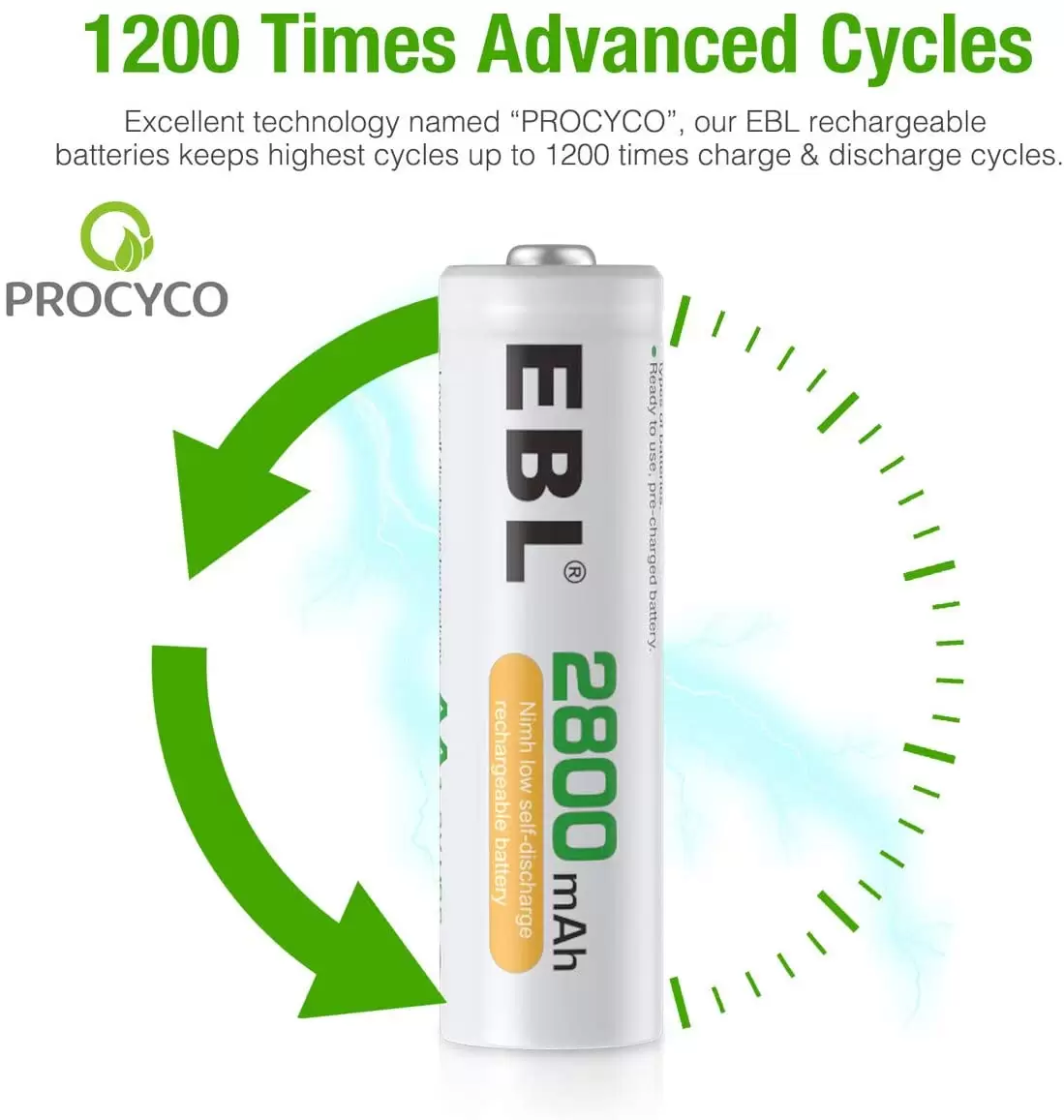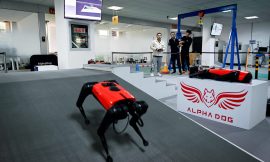Rechargeable Batteries have now extended their life from 200 milliamp hours per gram to 1200 milliamp hours per gram. A global dev tech team of researchers headed by Stanford University has upgraded rechargeable batteries. That can collect up to six times more charge than ones that are currently commercially ready. The proposal, described in a new article published Aug. 25 in the journal Nature. It could quicken the performance of rechargeable batteries. And, puts battery researchers one level closer to obtaining two top said aims of their range. Creating a high-performance IT Tech rechargeable battery. It could allow mobile phones to charge only once a week rather than regular. And, electric vehicles can move six times greatly without a recharge.
The new so-named Alkali Metal-Chlorine Batteries, produced by an organization of researchers guided by Stanford chemistry Professor Hongjie Dai. And, doctoral candidate Guanzhou Zhu, relies on the back-and-forth compound. An exchange of sodium chloride (Na/Cl2) or lithium chloride (Li/Cl2) to chlorine. When atoms move from one surface of a rechargeable battery to the opposite. So, recharging returns the chemistry back to its initial position to expect another utility. Non-rechargeable batteries have no such advantage. Once consumed, their chemistry cannot be rebuilt. “A rechargeable battery is a bit the same as a rocking chair. It shifts in one place, but then moves back when you add power,” Dai explained. “What we own here is a great-rocking rocking chair.”
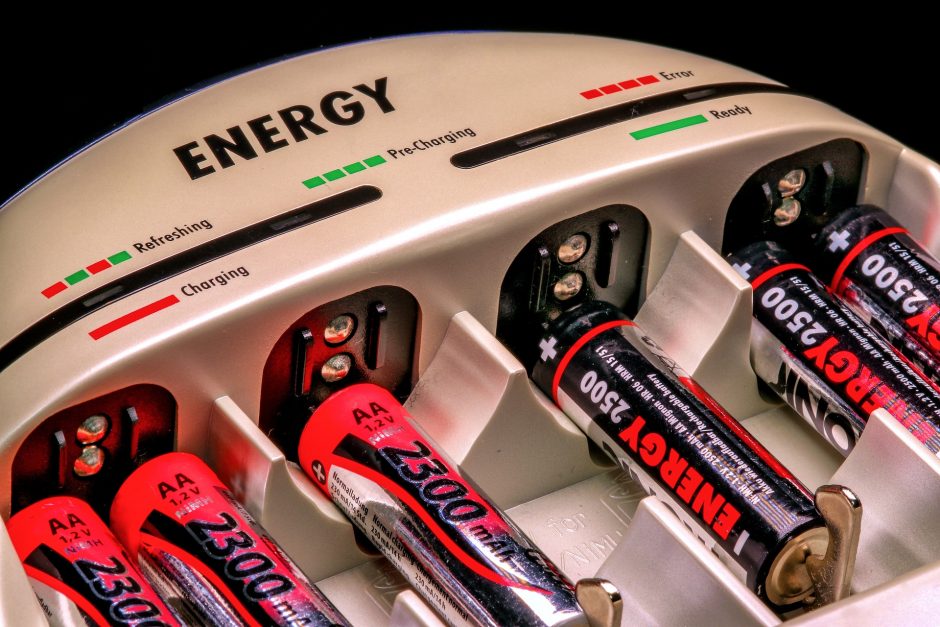
Serendipitous discovery
The reason no one had yet produced a high-performance rechargeable sodium-chlorine or lithium-chlorine battery. Chlorine is too reactive and challenging to turn back to chloride with great performance. In the few situations where others were ready to produce a certain quality of rechargeability, the battery performance showed bad. In fact, Dai and Zhu did not establish out to produce rechargeable sodium and lithium-chlorine battery at all. But simply to renew their current battery IT Tech technologies utilizing thionyl chloride. This chemical is one of the central parts of lithium-thionyl chloride batteries. These are a traditional variety of single-use batteries first produced in the 1970s.
But in one of their initial trial included chlorine and sodium chloride. The Stanford researchers saw that the transformation of one chemical to another had anyhow supported, appearing in some rechargeability. Dai said, “I didn’t think it was possible, It took us about at least a year to actually understand what was performing on.”
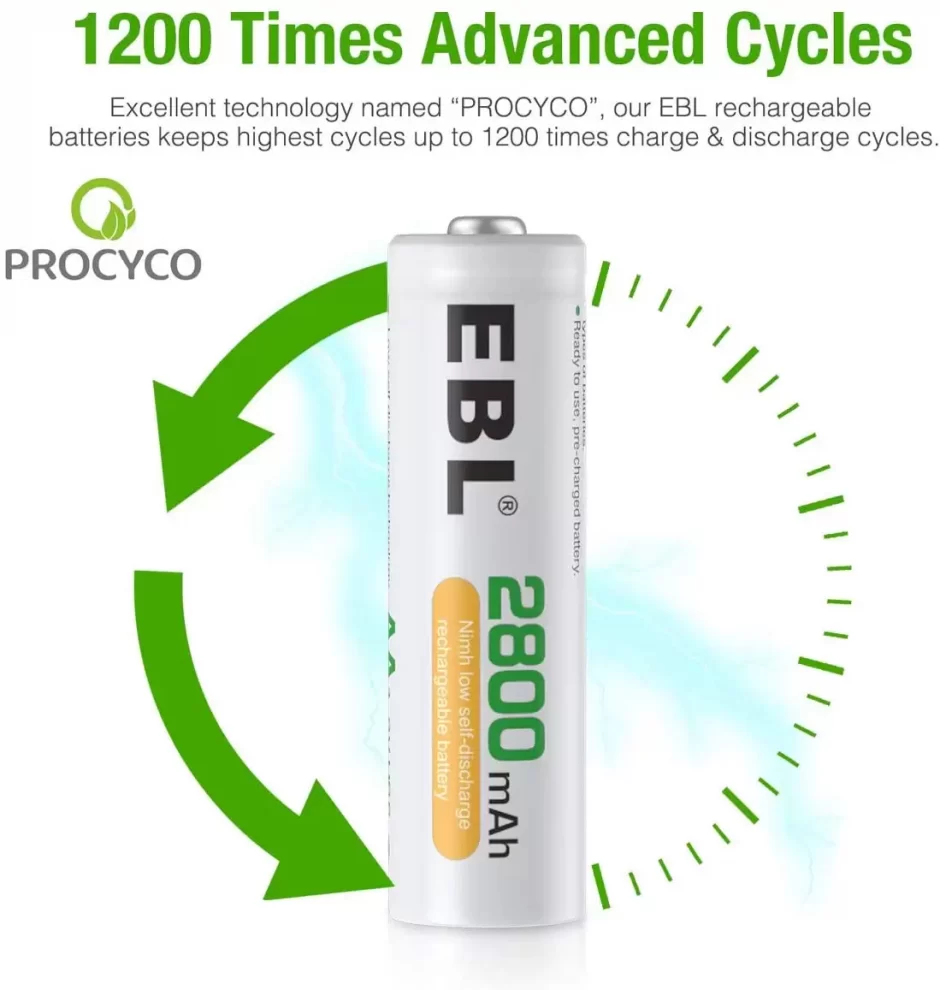
Experiments
Over the next various years, the organization explained the reversible chemistries. And, explored methods to perform them more efficiently. So, by testing with several complex elements for the battery’s positive electrode. The big discovery happened. When they made the terminal using an excellent porous carbon material from contributors Professor Yuan-Yao Li. And, his student Hung-Chun Tai from the National Chung Cheng University of Taiwan. The carbon material has a nanosphere composition charged with multiple ultra-small holes. In usage, these curved fields function like a sponge, sopping up extensive quantities of otherwise harmful chlorine particles. And, collecting them for the next reformation to salt inside the micropores.
“The chlorine particle is caught. And, shielded in the little holes of the carbon nanospheres”. Zhu said, “When the battery is filled, then, when the battery requires to consume. We can discharge the battery and transform chlorine to make NaCl – food salt – and duplicate this method over many rounds. We can cycle up to 200 times currently and there’s yet a place for change.”
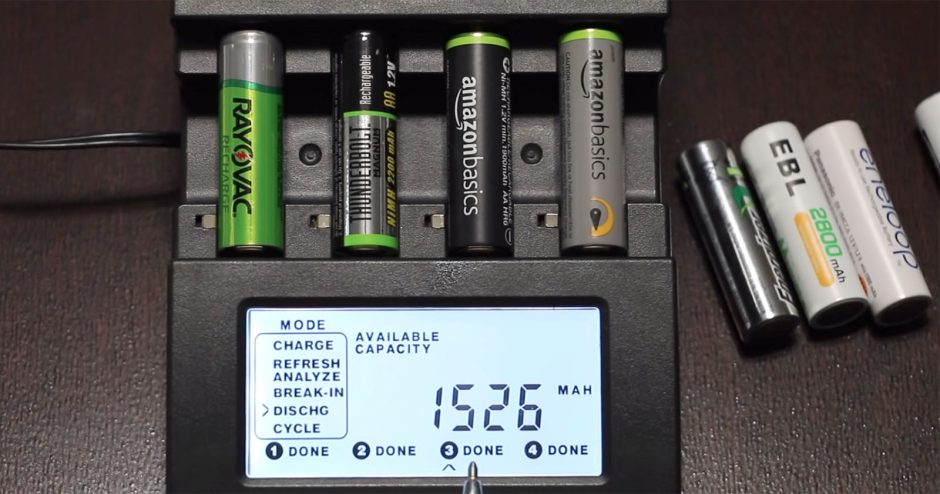
Result
The result is a step near the alloy string of battery design – high power density. The researchers have so far completed 1,200 milliamp hours per gram of positive electrode material, while the range of commercial lithium-ion batteries today is up to 200 milliamp hours per gram. “Ours has at least six times the greater range,” Zhu said.
The researchers envision their batteries one day being used in circumstances where frequent recharging is not possible or beneficial, such as in dependencies or past sensors or processors. Many otherwise usable dependencies are now hovering in the ring, old due to their still batteries. Future satellites outfitted with long-lived rechargeable batteries could be provided with solar chargers, increasing their value several opportunities over.
For now, though, the performance prototype they’ve formed might still be fit for use in little everyday dev tech electronics like listening support or indirect charges. For consumer electronics or electric transportations, much more performance remains to engineer the battery construction, increase the energy density, scale up the batteries and extend the number of rounds.
